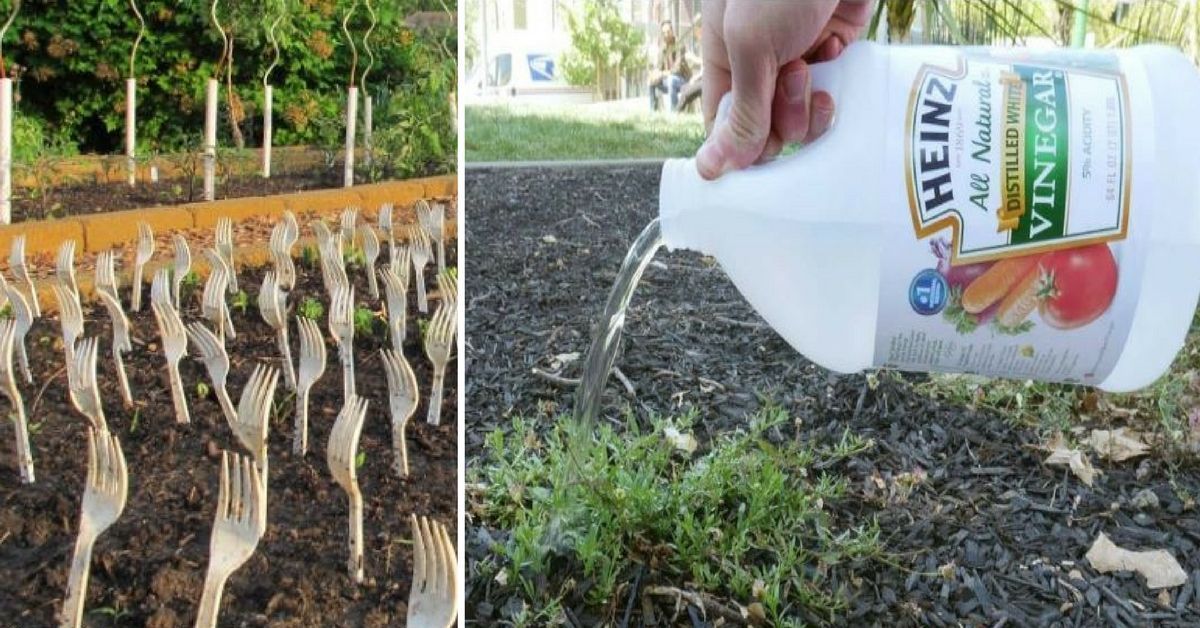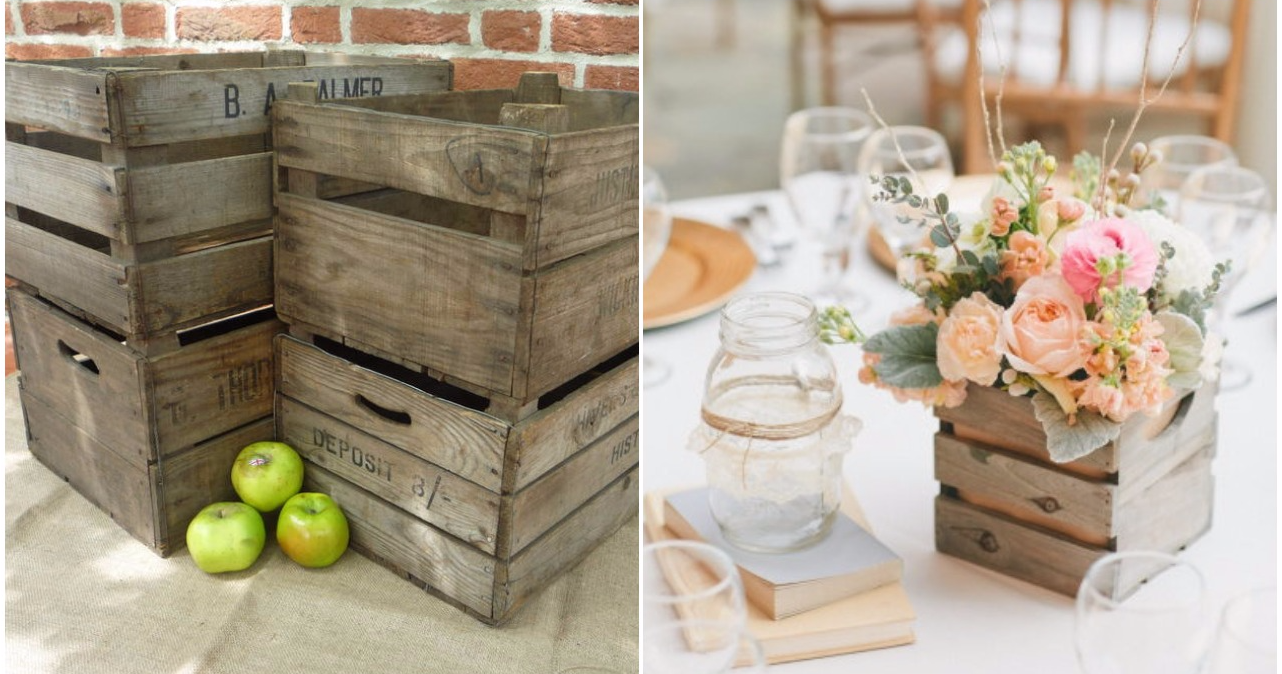It's almost that time of year again when we start to plan, prep, and plant our vegetable and flower gardens. I don't know about you, but I take real pride in bringing in my own crop of vegetables each year. There is a definite difference in taste and quality when you grow something from start to finish with your own hands.

My wife leaves the vegetables to me, and she goes buck-wild with our flower gardens. Each discipline takes a lot of work, and even more practice. Figuring out what works is a process of trial and error to see what helps you to get the best result.
Personally, I like to grow the same core group of vegetables each year, and each year I also plant something new to try and see how well it will do. If something isn't working, or is causing too many problems overall, I just won't plant it the following year.
For those of you who are well practiced at gardening, some of these tips and tricks might just help you increase your garden's productivity. But for those of you new to the fold, these will take a lot of the guess work out of dealing with the normal, everyday problems that arise from trying to really dye your thumbs green.
Dealing with pests.
Garden pests, whether they be insect or animal, can have a massive impact on the quality of your garden. People have been struggling with how to mitigate the damage caused by pests for centuries (with some success), but these tricks will help you to deal with some of the more annoying unwanted guests.
1. Coffee grounds to keep away pests.
For all the coffee drinkers out there, it's time to stop throwing out your used coffee grounds. Sprinkle them around the garden to help deter pests from entering the area and destroying the crops/flowers.

2. Eggshells keep out those soft-body pests.
Pests such as slugs can lay a beating on your plants. Lightly crush up your discarded eggshells, leaving pieces big enough to have decent edges, and sprinkle them among your plants. The sharper edges will deter those slugs and snails from crawling over them.

3. What about squirrels, rabbits and birds?
Everything has been tried to keep these critters away from your plants, some with better results than others. Try planting plastic forks in your garden among the plants, with the tines pointed up. They won't seriously harm any animals, but those little fork tines will deter animals from wanting to walk on them.

4. Herbs to fend off the mosquitoes.
These annoying little a**holes aren't really a determent to your plants, but they can make your ability to enjoy your yard much harder. Planting certain herbs will actually help to keep those bloodsuckers at bay... to a point. (Lemon grass, catnip, marigold etc.)

Stop spending money on expensive fertilizer products.
There are a number of things around your house that you can use as natural fertilizer that will help your plants grow. Don't waste anything without thinking about it first.
1. Cooking water.
Every time you boil vegetables or pasta, you are left with a pot of water that isn't good for much else. Instead of draining it down the sink, let it cool down to room temperature and then pour it into your garden. There will be a lot of caste of nutrients in the water which will help your plants grow.

2. Those coffee grounds again.
They are good for keeping away the pests, but they are also great for fertilizer. Knock off two birds with one stone by sprinkling this around your garden.

3. Start your own compost.
My dad had one of these while I was growing up. Instead of throwing out your food scraps and wasted organic materials, create a bin in the back of your house where you can dump all of this stuff (including when you do your fall cleanup at the end of the season) and let it break back down to earth naturally. It will be great when you start your garden the following year.

What if you don't have a lot of space to work with to grow your plants?
It's time to get creative. We have all seen those in-home DIY tips for taking advantage of the space you already have, and this also applies to your gardens.
1. Use pallets to space out your vegetable and create more growing space.
Pallets are great for more than just holding product. They can actually be sealed up and filled with dirt, and then used to grow perfectly spaced vegetables, even if you don't actually have any space to put them in the ground. It also makes them easier to move if any other problems arise.

2. A ladder and some plywood makes a great space saver for plants.
Set up a ladder, lay cut sheets of plywood across the rungs and you have made yourself a multi-level shelving unit that can hold any number of flowers or vegetables. Depending on how much sun/water each plant needs, you can adjust what goes where.

Weeds are a pain, but how do you take care of them without poisoning your other plants?
It's a question that has been asked for decades, how do you get rid of weeds without resorting to dangerous pesticides?
1. Vinegar.
It's good for more than just putting on french fries. Pour a decent amount of vinegar down on weeds as they show up. If all goes to plan, the vinegar (which is natural) will stop those annoying plants from cropping back up.

2. Mulch and newspaper.
Once you have planted your garden and things have started to grow, you will notice that weeds seem to be part of the package. Pull those weeds, cover the area in mulch/earth, and then cover that with newspaper (which degrades on its own). The newspapers will smother out the weeds, not allowing them to come back for round two.

If I get rid of the weeds and pests, what happens if some disease then sets in on my plants?
I am not much a plant doctor, but I am willing to try out home remedies passed down over decades, and there are a couple of things that you can try to help cure your plants before deciding to cut the crop out.
1. A little cinnamon goes a long way.
Strangely enough, cinnamon has some anti-fungal abilities. It works best when dealing with seedling plants. Sprinkle some around your plants to help prevent, or even treat disease.

2. Hydrogen peroxide doesn't just clean your cuts and wounds, it can save your plants.
Obviously, there are some rules you have to follow here, you don't just want to pout a mass amount of straight peroxide on your plants. Use a three percent solution of peroxide once a day on your plants in order to treat root rot and a bunch of fungal issues.

How do I know if my plants are getting enough water? And what if I am gone for several days and can't take care of them?
This is the battle that never ends. How do you make sure your plants get all the water they need, especially if you aren't around? You can actually set up your own systems with little work to ensure your plants stay watered.
1. Use that empty wine bottle.
You had a good time emptying the bottle, now put it to some more good use. Fill it with water and insert it neck down in the soil in your potted plants. The water will drain out over time as needed. When it is empty just fill it back up and repeat.

2. Plastic bottles are a problem, but at least try and get the most use out of them.
Take all your two-liter plastic bottles, drill two-dozen holes in them and plant them in the ground next to your plants. You want to leave the neck of the bottles exposed so that you can keep filling them up with water. The water will drain through the holes at a slower pace making sure that the water is used as needed.

3. Don't spend money on a watering can.
Take those empty milk jugs and rinse them clean. Drill a number of holes in the lid and voila, you have a homemade watering can that holds a significant amount of water.

Getting your garden started isn't as hard as it seems.
Getting those plants started can be a bit of a task when you plant the seeds directly into the soil. There are a few tricks you can try to make the process easier, ensuring those plants get out of the ground.
1. Use citrus peels.
Halve any citrus fruit (orange, grapefruit, limes, lemons etc.) and core out the actual fruit flesh. Fill the cavity with dirt and plant your seeds in there. The seedlings will sprout out of the natural pot, and you can plant the whole package in the soil outside once they are ready.

2. Eggshells work as well.
Much like the citrus fruit, except you have to be far more gentle creating these little pots. Crack the top one-third off your egg when you go to use the egg itself, and put the intact shell off to the side. Again, fill it with soil and plant your seed in there to get it started.

Gardening truly is a process of trial and error. It takes practice and a certain level of commitment. Let us know what has worked for you.

